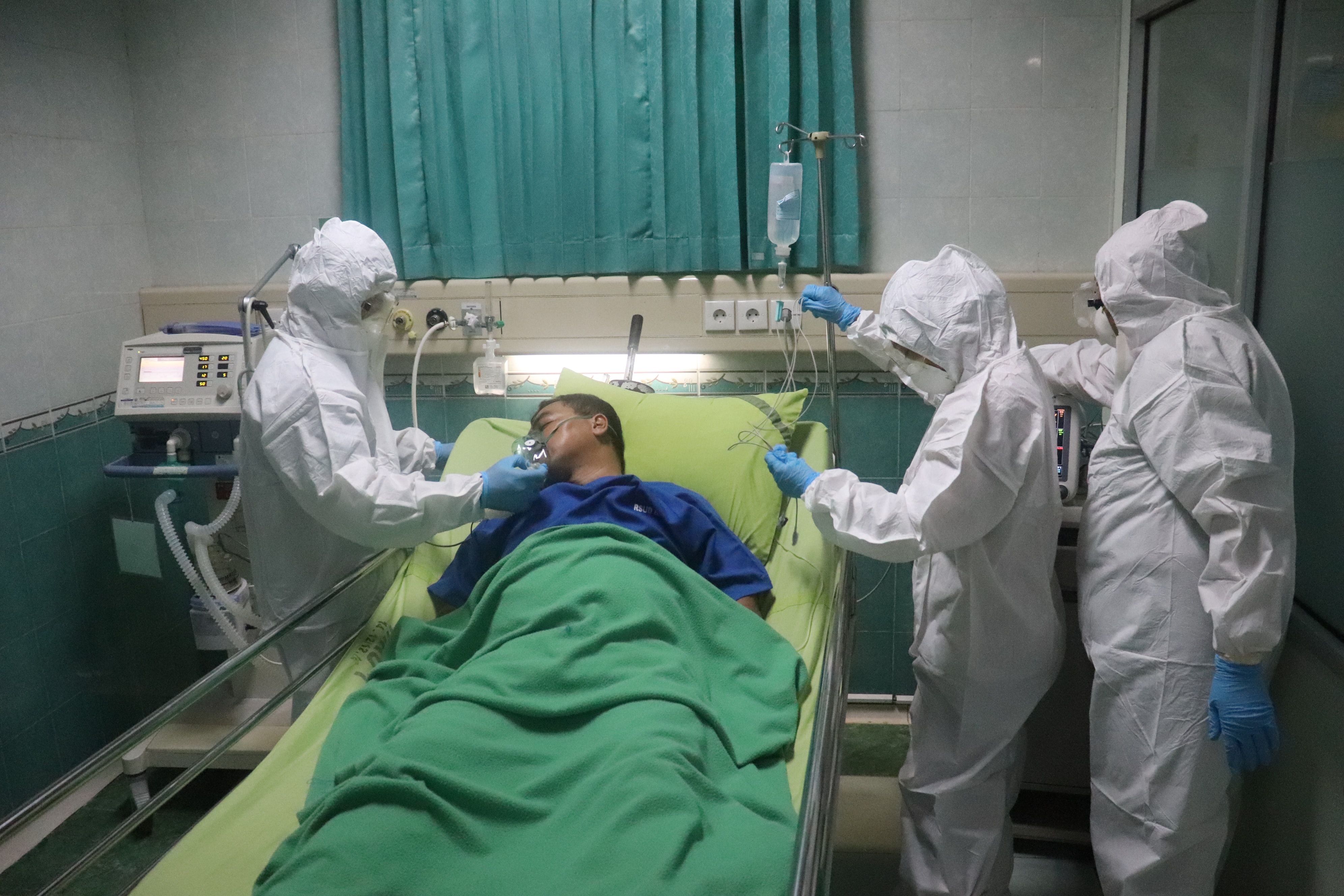How to Interpret COVID-19 and IL-6 Statistics
Understanding the mechanisms driving inflammation related to IL-6 should be prioritized over rushing to treatment, especially in the era of COVID-19, the study authors said.

The scientific community should have more understanding of interleukin-6 (IL-6) prior to attempting therapeutic approaches, as it could potentially be a “double-edged sword,” according to a paper published in The Lancet Respiratory Medicine.
Investigators from Ireland and Germany used observations from the ongoing COVID-19 pandemic and its relationship to IL-6 in order to outline the role of IL-6 in health and disease through various lenses. The study authors explained that it was known that IL-6 have been identified in critical illnesses like sepsis, acute respiratory distress syndrome (ARDS), and now COVID-19, leading to renewed interest and consideration of therapies designed to inhibit IL-6.
One of the characteristics of IL-6 is its pleiotropy, which means is it responsible for trying to preserve the good but inhibit the bad of inflammatory states, the study authors said. This challenge is also observed in the anti-IL-6 agents that have been developed. Additionally, these therapies can only be administered orally, which is a limitation because the absorption from orally administered drugs is much more variable among patients with critical illness, the authors said.
Monoclonal antibodies like tocilizumab target inhibition of IL-6 through the IL-6R and have a myriad of uses including for the treatment of Castleman disease, rheumatoid arthritis, and other illnesses. One of the downsides to tocilizumab is that it blocks all IL-6R signaling which leads to blocking the reparative functions offered from IL-6, the study authors noted. There is also no established safe way that is agreed upon for weaning patients off tocilizumab.
Measuring IL-6 as a biomarker for critical illness was also explored by the investigators, but they said it typically be varied between patients in different age groups. Comorbidities and other factors can also influence IL-6 magnitude. Among COVID-19 patients, the findings varied due to differences in the timing of sampling, the patient’s time spent in ICU if applicable, and patients with “critical” COVID-19 infections compared to milder cases.
Higher elevations in IL-6 during the COVID-19 pandemic combined with other factors drew comparisons to cytokine release syndrome, the study authors said. But they also said it did not constitute a diagnosis and therefore was meaningless in the COVID-19 context. This widespread comparison lead to off-label use of tocilizumab in many centers but was not necessarily beneficial.
The comparisons between ARDS and COVID-19, however, may have informed initial treatment plans because of the similarities. Applying this knowledge, the study authors said, is needed for investigations into inflammatory processes as part of critical illness. While large-scale studies are eventually part of the process, the study authors noted, smaller and more detailed studies may be a better pace to start as accurate measurements of cytokines and identifying signaling mechanisms is a “delicate process.”
That said, biomarkers need to be interpreted in context, the study authors wrote.
“In the COVID-19 pandemic, it has become increasingly clear that the concept of cytokine balance is a superior predictor of outcome than are measures of IL-6 or other cytokines alone, with a blunting or loss of anti-inflammatory protection associated with a worse outcome,” the study authors said.
Anti-IL-6 strategies may prove effective in ARDS subgroups or ARDS with a specific cause down the line, but cytokines are ultimately a byproduct of underlying inflammatory processes, the study authors said.
“In terms of pharmacological intervention, treatment aimed at changing the concentration or activity of a specific cytokine such as IL-6 might represent a double-edged sword,” the study authors concluded. “Although IL-6R blockade might have a role in some patients, therapeutic approaches that address the underlying cause of changes in IL-6 and other mediators more likely to bear fruit.”


















